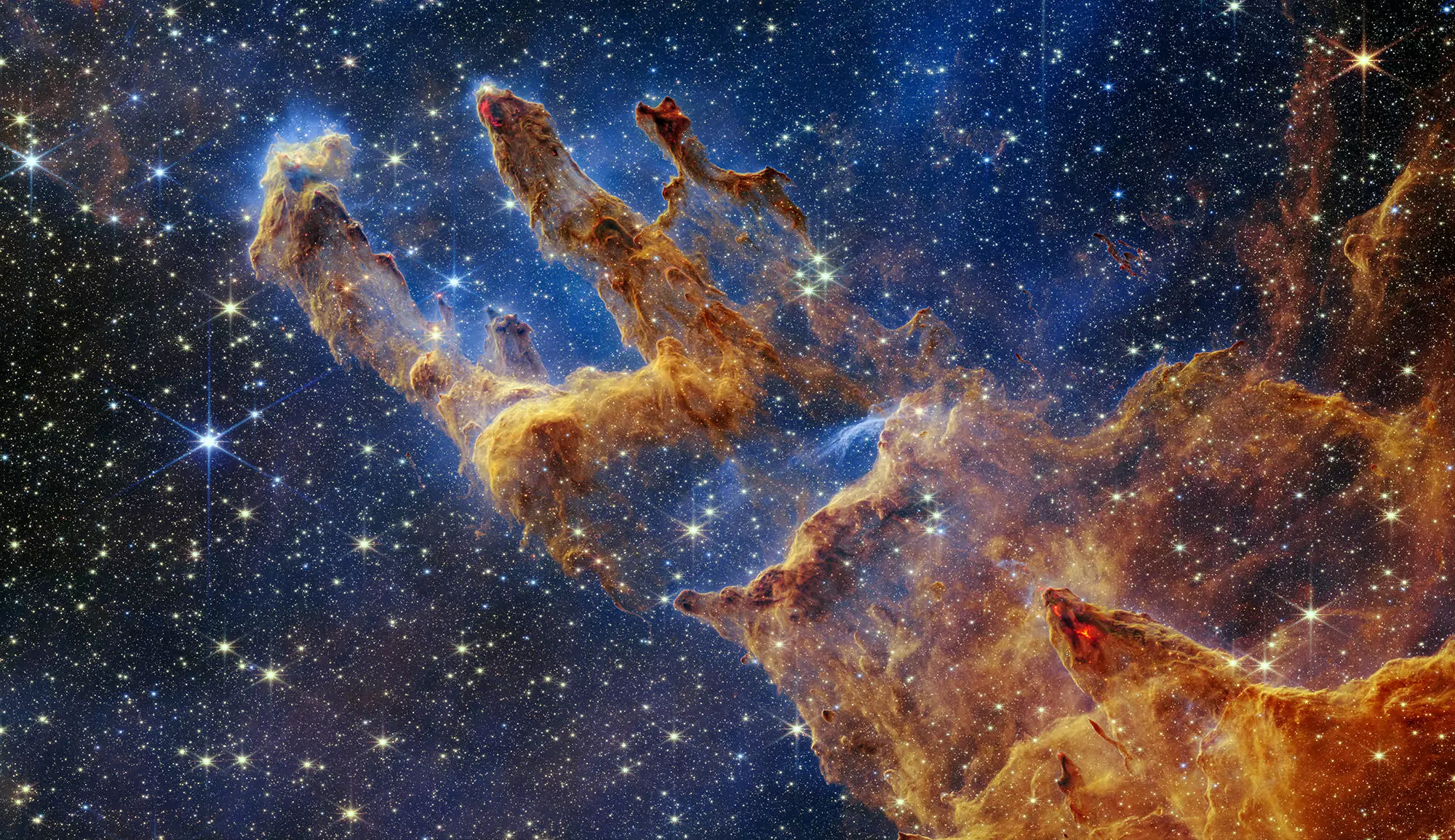After having demonstrated the existence of dust grains with micrometric size inside the interstellar cloud known as L183, the international team lead by a scientist from Observatoire de Paris which revealed this effect, publishes a new paper in which a systematic inventory of the existence of mid infrared diffuse light in dark clouds is presented. From the Spitzer archive data center, they have examined 110 cloud cores out of which half of them show this coreshine (Fig. 1). The effect is therefore widespread, especially since, among negative cases, are objects for which no core was visible, and objects embedded in the galactic plane for which the very high star density in the background prevents to observe any variation of diffuse light. This effect is seen during all the phases of the low mass star formation process, as shown by the different objects in Fig. 1, which run from the simple prestellar core to the core with an embedded protostar either young (known as class 0) or more evolved (class 1), with or without an outflow.

Grain growth being a relatively slow process, the existence or absence of big grains in the clouds gives a clue on the age of these cores. When looking at the distribution in the Galaxy of the objects with or without coreshine (Fig.2), we can see that all the large star forming regions possess both types of objects, indicating therefore that all the clouds within these large regions such as Taurus or Rho Ophiuchi are not homogeneous and were not formed at the same moment. One interesting region is Vela (G letter in Fig.2), for which no cloudshine has been detected at all. One possible explanation is that this region, being rich in supernovae, has lost all its big grains after the recent explosion of one such supernova, about 1 million years ago. Indeed, those star which explode, induce huge shock waves which have the property among others to disrupt dust grains in small fragments while sweeping space. These grains, once broken, have not had time yet to build up mass again.

